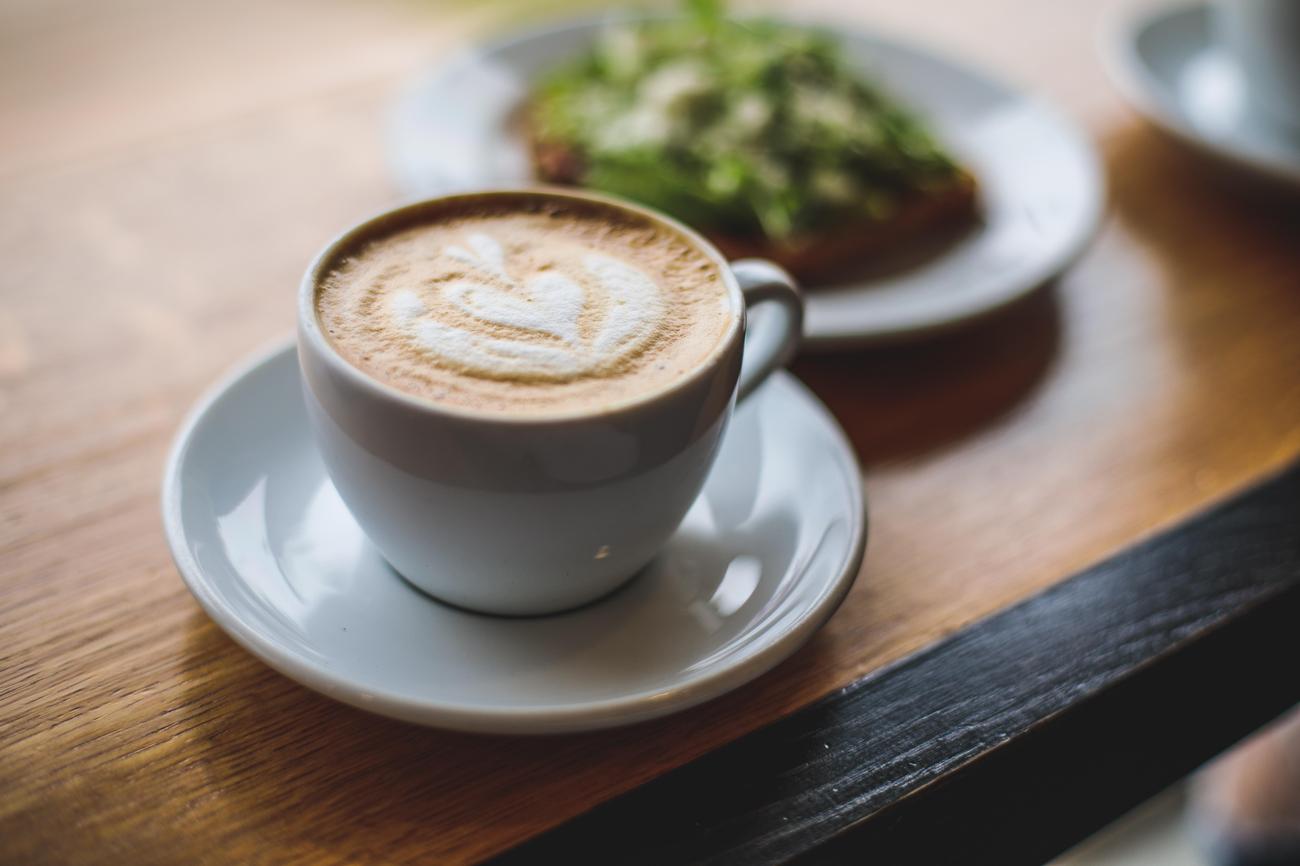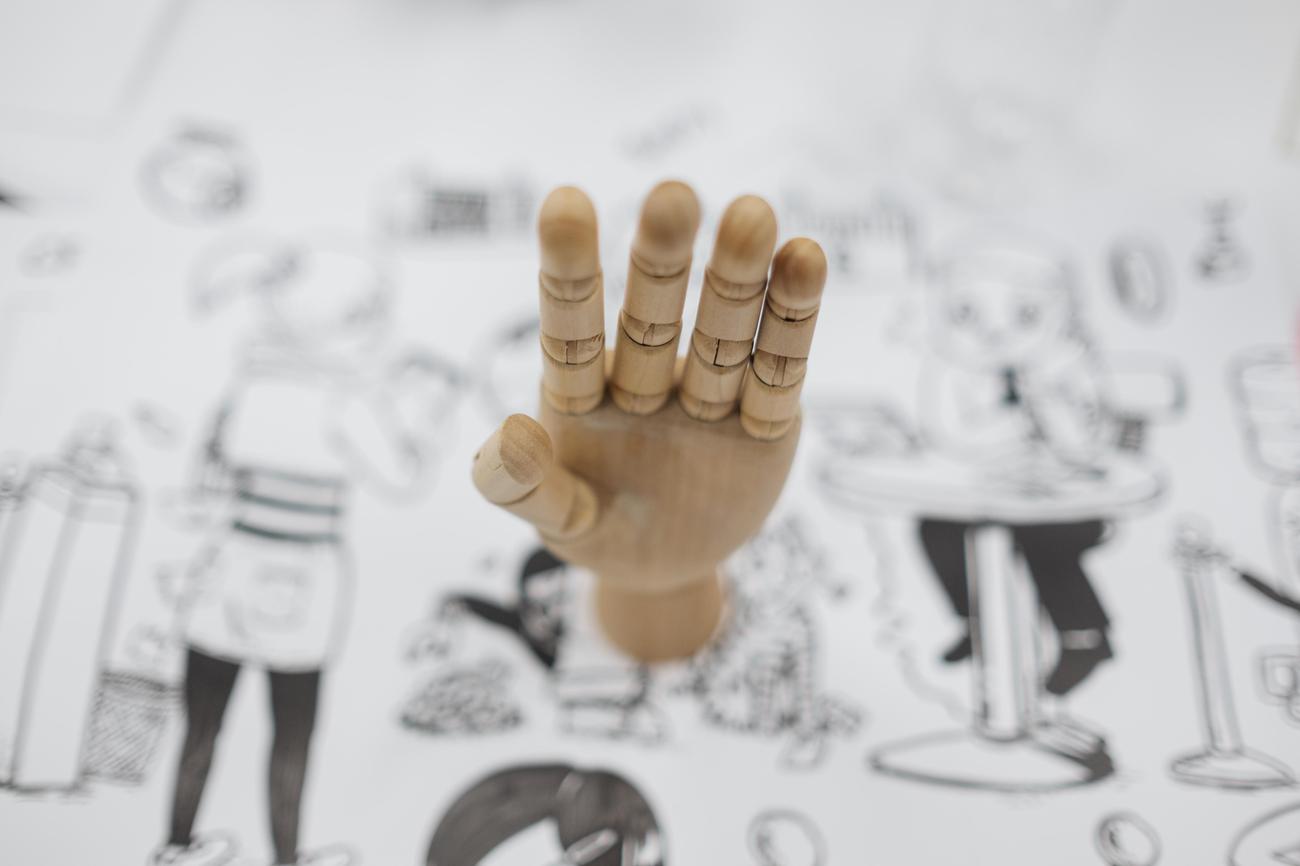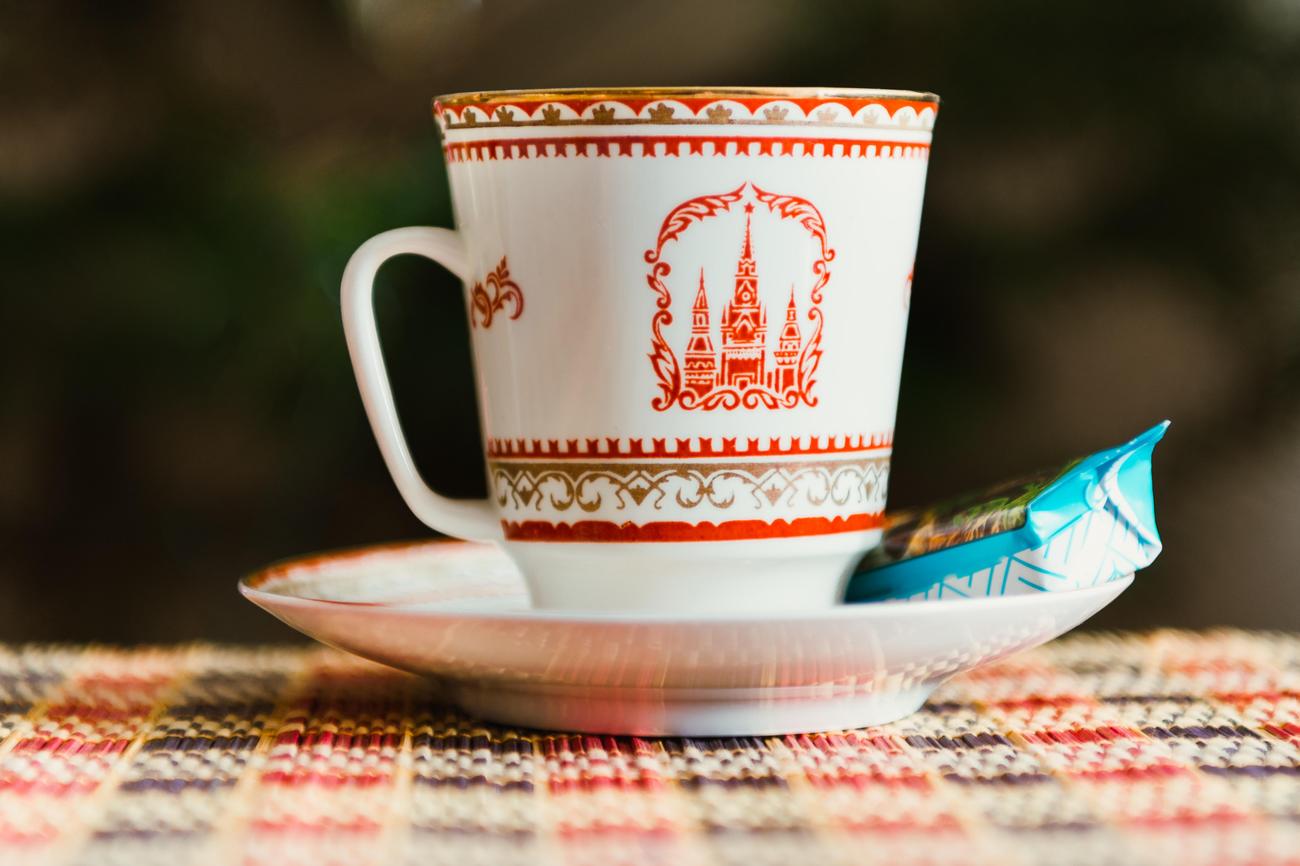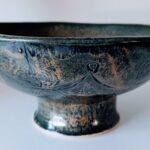Unveiling the Artistry: Step-by-Step Guide to Making Ceramics

As enthusiasts of the intricate world of ceramics will attest, there is something undeniably captivating about the process of turning raw clay into exquisite artworks and functional pieces. Indeed, the artistry of ceramics lies not only in the final products but also in the meticulous steps and techniques employed to bring them to life. In this comprehensive guide, we will delve into the fascinating world of ceramic creation, unveiling the craftsmanship, dedication, and techniques involved in shaping clay, firing it to perfection, and applying glazes to achieve stunning results. Whether you are a beginner venturing into this extraordinary art form or a seasoned artist looking to expand your knowledge, this step-by-step guide will provide you with invaluable insights into the magical process of making ceramics. So, let us embark on this creative journey together and unlock the secrets of the ceramics world.
How Are Ceramics Made?
Ceramics are fascinating pieces of art that have been crafted by humans for thousands of years. But have you ever wondered how they are made? In this article, we will delve into the step-by-step process of creating ceramics, from collecting the clay to the final firing and glazing. So, let’s dive in and uncover the artistry behind making ceramics.
Collecting the Clay
The first step in creating ceramics is collecting the clay. Not all clay is suitable for making ceramics, so it’s important to find the right type. Clay can be found in nature, often near bodies of water, and it is dug out from the earth. The clay collected has impurities like rocks and debris, which need to be removed. This process ensures that the clay is pure and ready for molding.
To collect the clay, it’s like embarking on a treasure hunt. You search for the perfect clay deposit and then extract it from the earth. It’s a physical and exciting process that connects you with the very essence of ceramics.
“Collecting the clay is like unearthing hidden treasure. Each deposit holds the potential for something beautiful and unique.”
Making the Clay Flexible
Now that we have the clay, the next step is to make it flexible. You see, clay in its natural state is often stiff and difficult to work with. It needs to be softened and made pliable to be molded into desired shapes.
To achieve this, the clay is typically wedged, a process that involves repeatedly cutting the clay, folding it, and pressing it back together. This motion helps to distribute moisture evenly throughout the clay, making it more workable. Wedging also removes any remaining air bubbles that could cause the clay to crack during firing.
“Wedging the clay is like kneading bread dough. It transforms the clay, making it ready to be shaped and molded.”
Giving the Clay Proper Form
Now comes the exciting part – giving the clay proper form. There are various techniques for shaping ceramics, such as hand-building and wheel throwing. Hand-building involves using your hands and simple tools to shape the clay, while wheel throwing involves spinning the clay on a potter’s wheel to create symmetrical forms.
Whether hand-building or wheel throwing, the process requires precision and patience. With each touch, the clay takes on a new shape, guided by the artist’s imagination. The artist’s hands bring life to the clay, from delicate curves to intricate details.
“Shaping the clay is like sculpting a masterpiece. Each stroke of the hand leaves an indelible mark, transforming the clay into something extraordinary.”
Baking the Clay
Once the clay has been given its desired form, it’s time for the baking process. Baking, or firing, is a vital step that transforms the clay into a solid, durable ceramic. This step involves placing the shaped clay in a kiln and subjecting it to high temperatures.
During the firing process, the clay undergoes chemical changes as it reaches temperatures of up to 2,300 degrees Fahrenheit (1,260 degrees Celsius). These changes cause the clay particles to fuse together, creating a strong, ceramic structure. This process is known as sintering.
“Firing the clay is like unleashing its true potential. The intense heat transforms the malleable clay into a resilient work of art.”
Glazing for Protection and Decoration
After the ceramics have been fired, they can be further enhanced through glazing. Glazing serves both functional and aesthetic purposes. It provides an additional layer of protection, making the ceramics more resistant to moisture and wear. It also adds color, texture, and a glossy finish to the surface.
The glazing process involves applying a liquid glaze to the fired ceramics and then firing them again at a lower temperature. This second firing melts the glaze, fusing it with the ceramic surface, creating a beautiful and unique finish.
“Glazing the ceramics is like adding the final touches to a masterpiece. It not only protects but also enhances the beauty of the ceramics, bringing them to life.”
Conclusion
As we’ve explored the step-by-step process of making ceramics, it’s evident that creating these artful pieces requires a unique blend of skill, craftsmanship, and dedication. From collecting the clay to shaping and molding, firing, and finally glazing, every step demands precision and expertise. Ceramics are not just objects; they are a testament to the artist’s creativity and the artistry that goes into making them.
So, the next time you come across a beautiful ceramic piece, take a moment to appreciate the meticulous craftsmanship that brought it to life. And now, armed with this knowledge, you can truly admire the intricate process behind the creation of ceramics.
“The art of making ceramics is like a journey of transformation. From humble clay to breathtaking masterpieces, each step reveals the artistry hidden within.”
Ceramics have a fascinating history that goes back thousands of years. If you’re intrigued by the artistry and technique behind these creations, you’ll definitely want to check out some facts about ceramics. From ancient pottery to modern innovations, ceramics have played a significant role in shaping civilizations and cultures around the world. So, if you’re ready to delve into the world of ceramics, click here for some captivating facts about ceramics: facts about ceramics.
How Ceramic Dinnerware Is Made: A Beautiful Blend of Art and Functionality
[youtube v=”TDQz3u2uqK8″]
In the world of ceramics, one Los Angeles-based ceramicist and her studio, Earth and Element, are taking inspiration from nature to bring vibrant and functional tableware into our homes. Elizabeth Deprincio, the creative mind behind Earth and Element, believes that the relationship between food and plating is a beautiful one. The fusion of a handcrafted plate and a meticulously prepared meal enhances the dining experience, making it more organic and visually appealing.
The process of creating these exquisite ceramic pieces starts with a large slab of clay. By using a plate template, the clay is cut into the desired shape, and then skillfully molded and shaped using a profile tool. Adjustment is made to ensure perfection, and the plate is left to dry under the warm sun for 30 minutes.
For the cups, Elizabeth measures out a pound of clay and throws it on the wheel. Through a series of hand movements and wetting the clay, she skillfully creates the desired shape and height of the cup. Then, piece by piece, she meticulously attaches little moons to the cup using slip—a potter’s glue that ensures the longevity of the cup.
When it comes to bowls, Elizabeth pays special attention to their shape, ensuring they are easy to hold and eat from. The roundness and how the bowl feels in her hands are essential in creating an enjoyable eating experience for the user.
Once the shaping process is complete, the pieces go through the trimming stage. Trimming involves cleaning and smoothing the edges and rims of the bowls and plates, enhancing their quality and appearance.
Next comes the firing process. The pieces are fired in a kiln at a temperature of about 1800 degrees Fahrenheit, transforming them into bisqueware—a fired pottery ready for glazing. After sanding the bisqueware, the pieces are waxed on certain parts, such as the bottom of cups, the rim of plates, and the rims of bowls. This ensures that the glaze only touches the desired areas.
In the glazing stage, each piece is dipped in a glaze bucket, creating unique colors and textures. A signature design element of Earth and Element is the striped pattern found on many of their plates and cups. The pieces are first dipped on one side, allowed to dry, and then dipped on the other side, resulting in a distinct stripe in the middle.
The role of plates as the canvas for a chef’s creativity is not to be overlooked. When designing for a restaurant, the ceramics must complement the colors and textures of the food, blending seamlessly with the overall presentation. The glazing process is an opportunity to add beauty and elegance to the ceramic pieces, allowing them to harmonize with the culinary artistry they serve.
Finally, the glazed pieces are fired once more, this time at a higher temperature of 2200 degrees Fahrenheit. This firing process takes about 12 hours, followed by a cooling period of five hours. Once the pieces have cooled down, they are carefully inspected, with any imperfections meticulously sanded to ensure a smooth surface.
What sets Earth and Element apart from other pottery studios is their fearlessness in redefining what tableware should look like. Their vibrant colors and unique designs make their ceramics stand out, offering a fresh and exciting alternative to traditional dinnerware.
Ceramic dinnerware is not merely a tool for eating; it is an intimate part of our daily rituals—a cup of coffee to start the day, a nourishing bowl of soup, or a beautifully presented meal. The love and dedication put into crafting these ceramics foster a connection between the user and their tableware, creating a sense of joy and appreciation for the dining experience.
In the words of Elizabeth Deprincio, “What we drink and eat from is really important. It’s how we start our day. It becomes part of your day-to-day ritual, and so I think it’s really important to love what you eat off of.” Earth and Element’s mission to bring joy to people through their exquisite ceramic creations truly shines through in their unique and unparalleled craftsmanship.
Sources:
Tasty – How Ceramic Dinnerware Is Made

FAQ
Q: What materials are used to make ceramics?
A: Ceramics are made from a combination of clay, earthen elements, powders, and water.
Q: What are the four phases involved in making ceramics?
A: The process of making ceramics involves four phases: collecting the clay, making the clay flexible, giving the clay proper form, and baking the clay.
Q: Why are ceramics baked or fired after shaping?
A: Ceramics are baked or fired after shaping to remove moisture, harden the clay, and increase its strength and durability.
Q: What is glazing and why is it done?
A: Glazing is the process of applying a liquid mixture of minerals onto the ceramic surface, and firing it to create a glassy coating. It is done to add protection, enhance aesthetic appeal, and achieve desired decorative effects.
Q: What are the common applications of ceramics?
A: Ceramics have a wide range of applications, including in building materials, pottery, tiles, cookware, electrical insulators, and industrial components due to their heat resistance, hardness, and corrosion resistance.
“`json
“`
- China II Review: Delicious Food & Speedy Service - April 17, 2025
- Understand Virginia’s Flag: History & Debate - April 17, 2025
- Explore Long Island’s Map: Unique Regions & Insights - April 17, 2025
















